25 November 2025 - 21 June 2026
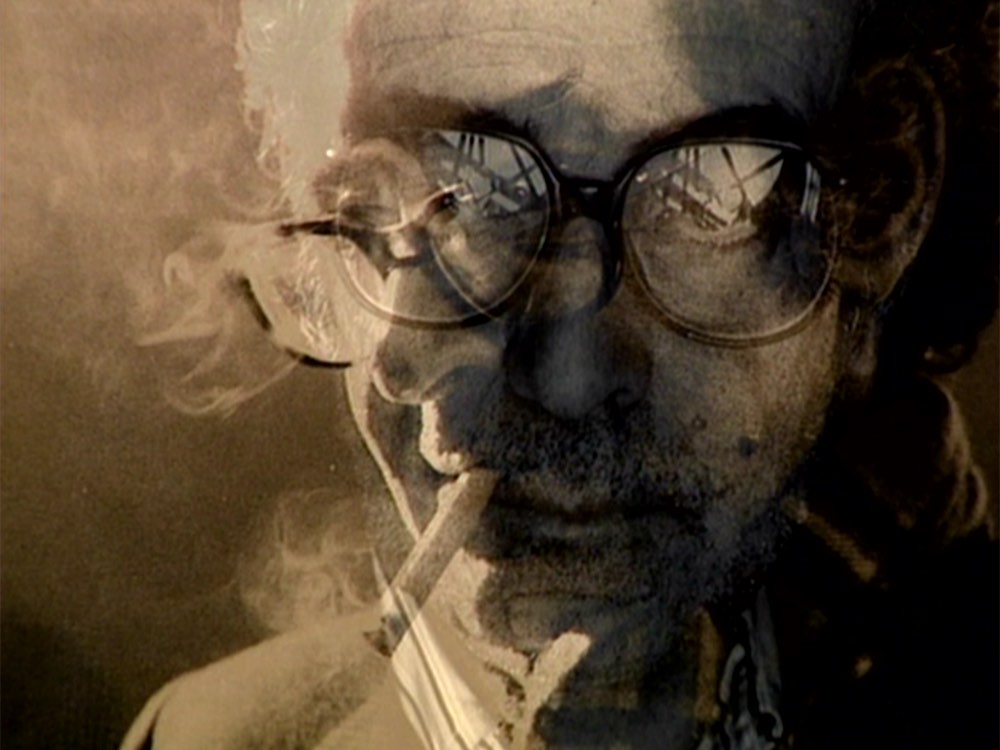
Jean-Luc Godard’s vast oeuvre is littered with unmade and abandoned projects. Some of these he did not develop very far before shelving them. This was the case, for instance, with many of his planned literary adaptations of the 1960s and a TV series on science in the 1990s. Occasionally, he would set aside a project and return to it much later. For example, in the 1960s he had a project with Anna Karina and Jean-Paul Belmondo about a man and his double, which he shelved and revived over two decades later with Domiziana Giordano and Alain Delon in the form of Nouvelle vague (New Wave, 1990).
Very often, he returned to projects that he had set aside and drew on aspects of them, or combined elements from several, as the basis for completed works. This was the case, among others, with Masculin féminin (Masculine, Feminine, 1966), La Chinoise (1967), Passion (1982), King Lear (1987), Notre musique (Our Music, 2004), and his 2006 exhibition Voyage(s) en utopie (‘Travel(s) in utopia’), all of which metamorphosed out of earlier abandoned initiatives. Sometimes projects ended up a long way from their point of departure, as was the case with Numéro deux (Number Two, 1975), which Godard and Anne-Marie Miéville had originally conceived of as a remake of À bout de souffle (Breathless, 1960).
There are also those rare instances where Godard started shooting a film before setting the footage aside, either leaving it for someone else or returning to it later as the basis for a finished work. The key examples of this are One America Movie, which he abandoned in 1968, and which D.A. Pennebaker drew on for his One P.M. (1972); and the footage he shot with Jean-Pierre Gorin and Armand Marco in Jordan, Syria and Lebanon in 1970 for Jusqu’à la victoire (Until Victory), which he and Miéville later reworked in Ici et ailleurs (Here and Elsewhere, 1976).
By setting a selection of Godard’s completed films from the 1950s to the 2000s in dialogue with others by him and a range of different directors, this programme sheds light on the huge and varied phantom body of unmade and abandoned ventures that lies behind or in the intervals in his completed oeuvre. It also draws attention to themes and connections that are less obvious from his completed work alone, such as the importance of animals and his dialogue with the work of Swiss author Charles-Ferdinand Ramuz. Each screening offers a way of thinking about a specific Godardian unrealised work, or category of unfinished project, and its relationship with his completed output. The programme casts in relief Godard’s creative process, which was characterised by tireless artistic research, experimentation, questioning, making, unmaking and reformulation.
This programme is curated by Michael Witt, author of the recently-published Jean-Luc Godard’s Unmade and Abandoned Projects (Bloomsbury, 2025).

Jean-Luc Godard’s vast oeuvre is littered with unmade and abandoned projects. Some of these he did not develop very far before shelving them. This was the case, for instance, with many of his planned literary adaptations of the 1960s and a TV series on science in the 1990s. Occasionally, he would set aside a project and return to it much later. For example, in the 1960s he had a project with Anna Karina and Jean-Paul Belmondo about a man and his double, which he shelved and revived over two decades later with Domiziana Giordano and Alain Delon in the form of Nouvelle vague (New Wave, 1990).
Very often, he returned to projects that he had set aside and drew on aspects of them, or combined elements from several, as the basis for completed works. This was the case, among others, with Masculin féminin (Masculine, Feminine, 1966), La Chinoise (1967), Passion (1982), King Lear (1987), Notre musique (Our Music, 2004), and his 2006 exhibition Voyage(s) en utopie (‘Travel(s) in utopia’), all of which metamorphosed out of earlier abandoned initiatives. Sometimes projects ended up a long way from their point of departure, as was the case with Numéro deux (Number Two, 1975), which Godard and Anne-Marie Miéville had originally conceived of as a remake of À bout de souffle (Breathless, 1960).
There are also those rare instances where Godard started shooting a film before setting the footage aside, either leaving it for someone else or returning to it later as the basis for a finished work. The key examples of this are One America Movie, which he abandoned in 1968, and which D.A. Pennebaker drew on for his One P.M. (1972); and the footage he shot with Jean-Pierre Gorin and Armand Marco in Jordan, Syria and Lebanon in 1970 for Jusqu’à la victoire (Until Victory), which he and Miéville later reworked in Ici et ailleurs (Here and Elsewhere, 1976).
By setting a selection of Godard’s completed films from the 1950s to the 2000s in dialogue with others by him and a range of different directors, this programme sheds light on the huge and varied phantom body of unmade and abandoned ventures that lies behind or in the intervals in his completed oeuvre. It also draws attention to themes and connections that are less obvious from his completed work alone, such as the importance of animals and his dialogue with the work of Swiss author Charles-Ferdinand Ramuz. Each screening offers a way of thinking about a specific Godardian unrealised work, or category of unfinished project, and its relationship with his completed output. The programme casts in relief Godard’s creative process, which was characterised by tireless artistic research, experimentation, questioning, making, unmaking and reformulation.
This programme is curated by Michael Witt, author of the recently-published Jean-Luc Godard’s Unmade and Abandoned Projects (Bloomsbury, 2025).
Michael Witt is Professor of Cinema at the University of Roehampton. He is the author of Jean-Luc Godard’s Unmade and Abandoned Projects (Bloomsbury, 2025), Notre musique, c’est celle de tout le monde: Entretien avec Jean-Luc Godard (202 éditions, 2024), and Jean-Luc Godard, Cinema Historian (Indiana University Press, 2013). He has also co-edited a number of books on Godard and French cinema history, including (with Michael Temple) The French Cinema Book (2nd edition BFI/Bloomsbury, 2018).
Programme
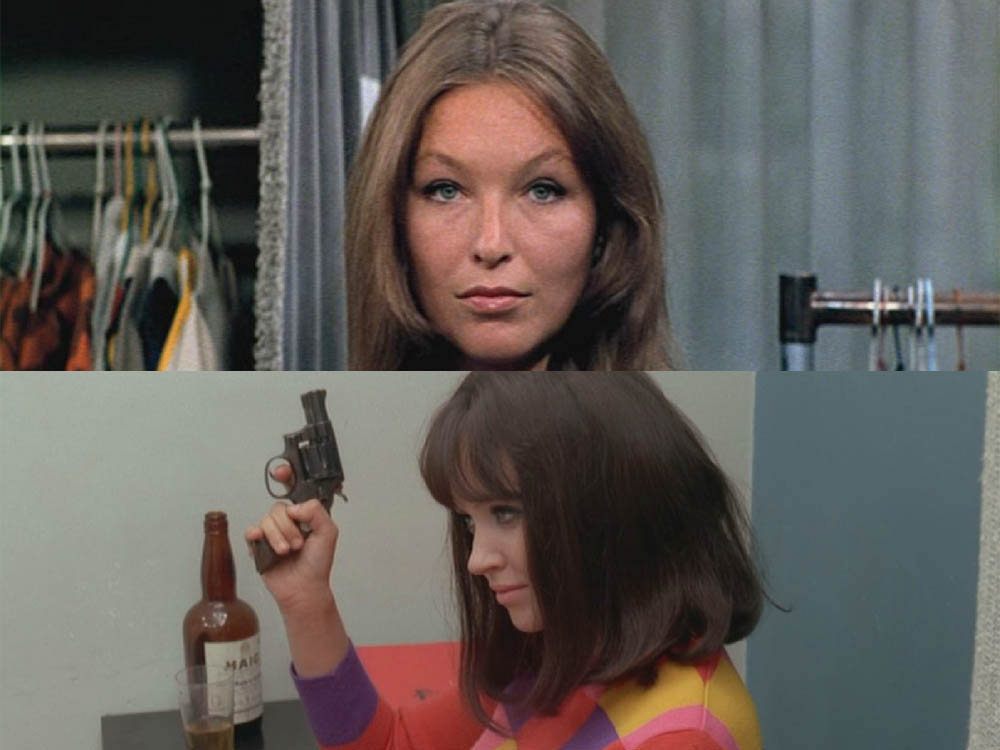
Tuesday 25 November, 6.30pm
WORLD PREMIERE
The Wild Palms on 35mm
The first ever realisation of a Godardian proposition inspired by the structure of William Faulkner’s The Wild Palms: the screening of his Made in USA and Two or Three Things I Know About Her as a single integrated work.
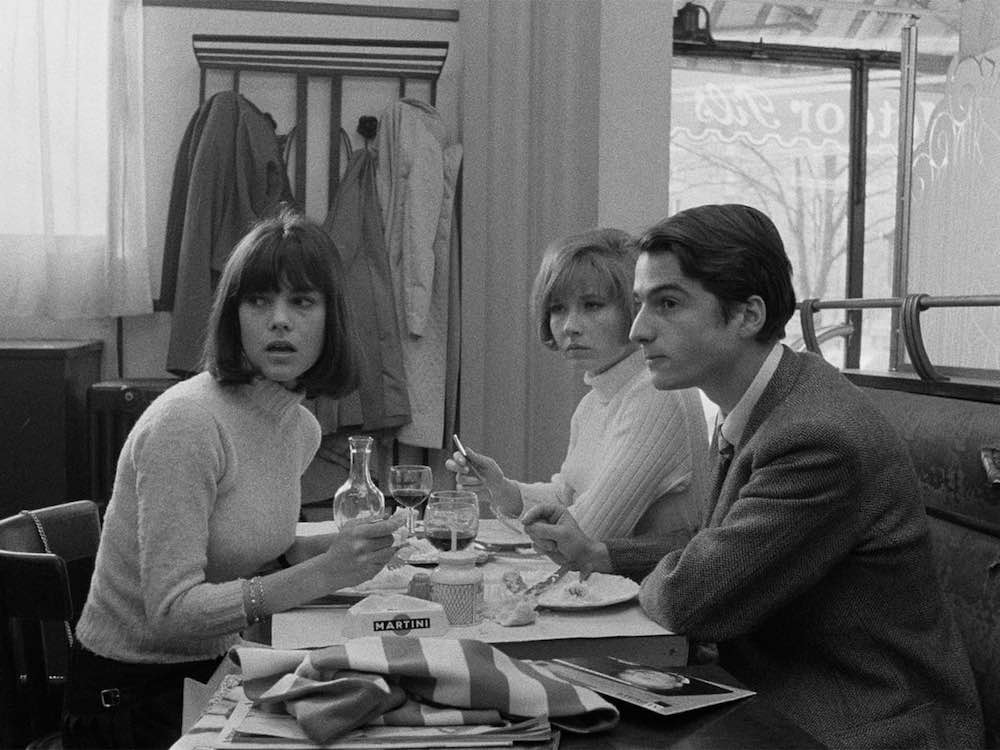
Tuesday 9 December, 6.30pm
Literary Adaptation I: Guy de Maupassant
A selection of literary adaptations by Godard and Alexandre Astruc, including Godard’s first fiction film, Une femme coquette (d’après Maupassant) (A Flirtatious Woman (Based on Maupassant), 1956). His subsequent planned remake of this early short culminated in Masculin féminin (1966).

Tuesday 25 November, 6.30pm
WORLD PREMIERE
The Wild Palms on 35mm
The first ever realisation of a Godardian proposition inspired by the structure of William Faulkner’s The Wild Palms: the screening of his Made in USA and Two or Three Things I Know About Her as a single integrated work.

Tuesday 9 December, 6.30pm
Literary Adaptation I: Guy de Maupassant
A selection of literary adaptations by Godard and Alexandre Astruc, including Godard’s first fiction film, Une femme coquette (d’après Maupassant) (A Flirtatious Woman (Based on Maupassant), 1956). His subsequent planned remake of this early short culminated in Masculin féminin (1966).
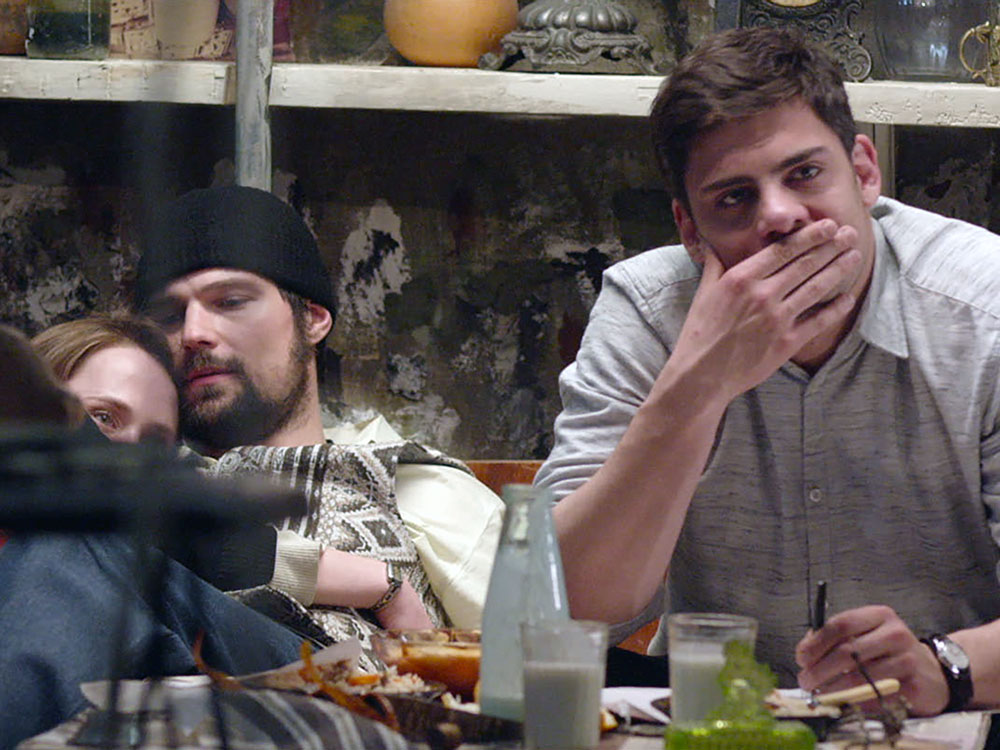








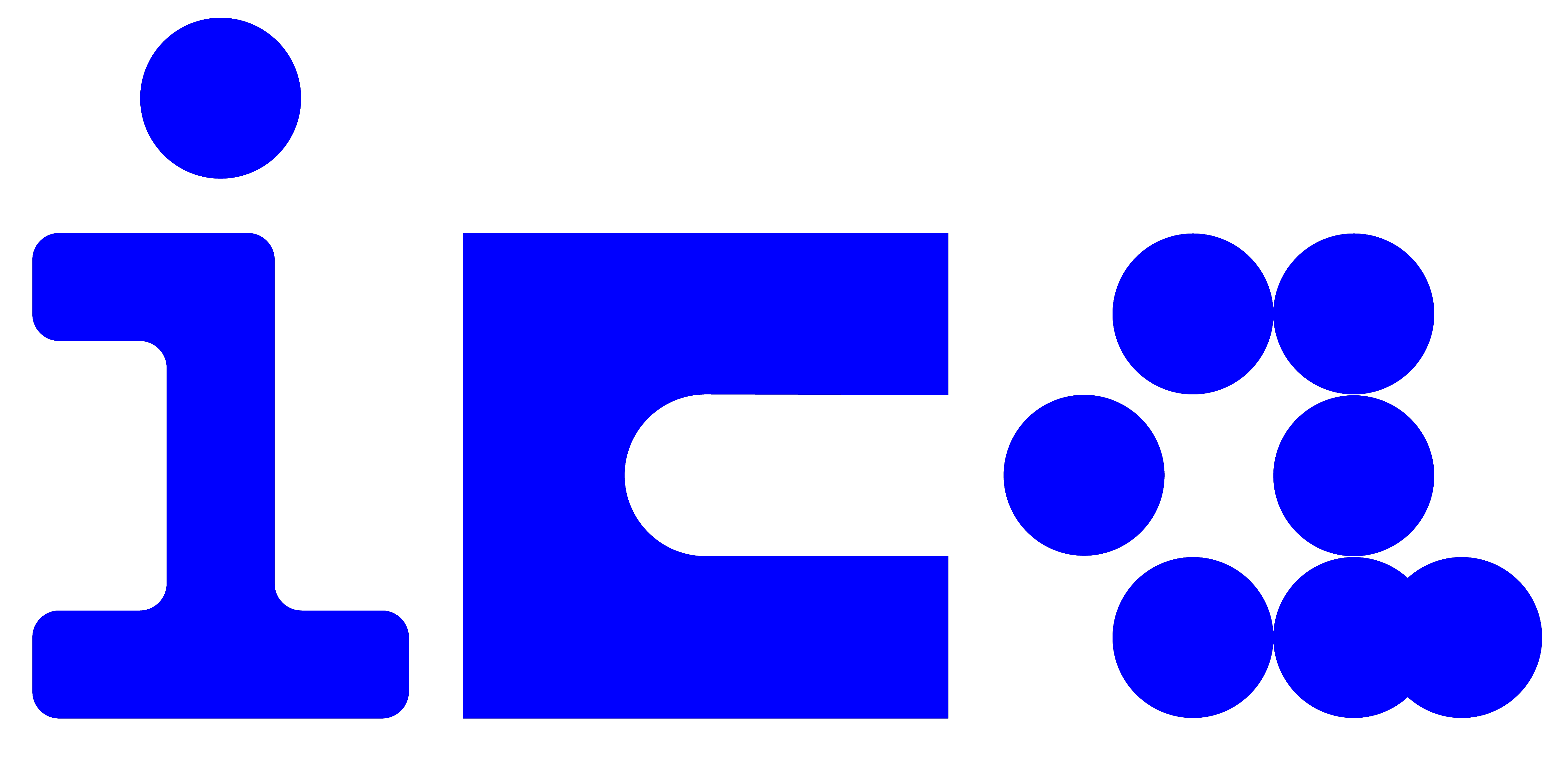
no. 236848.